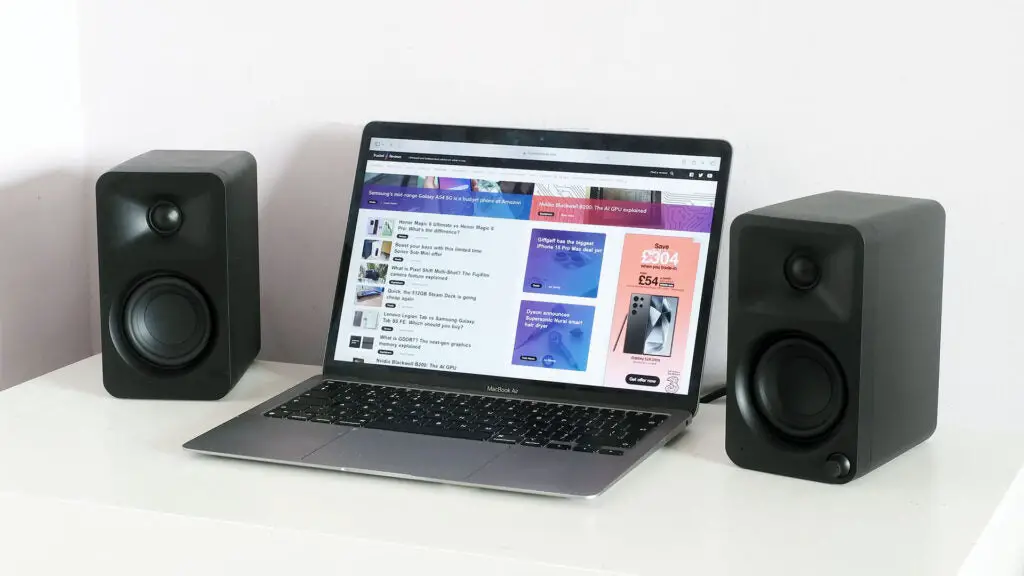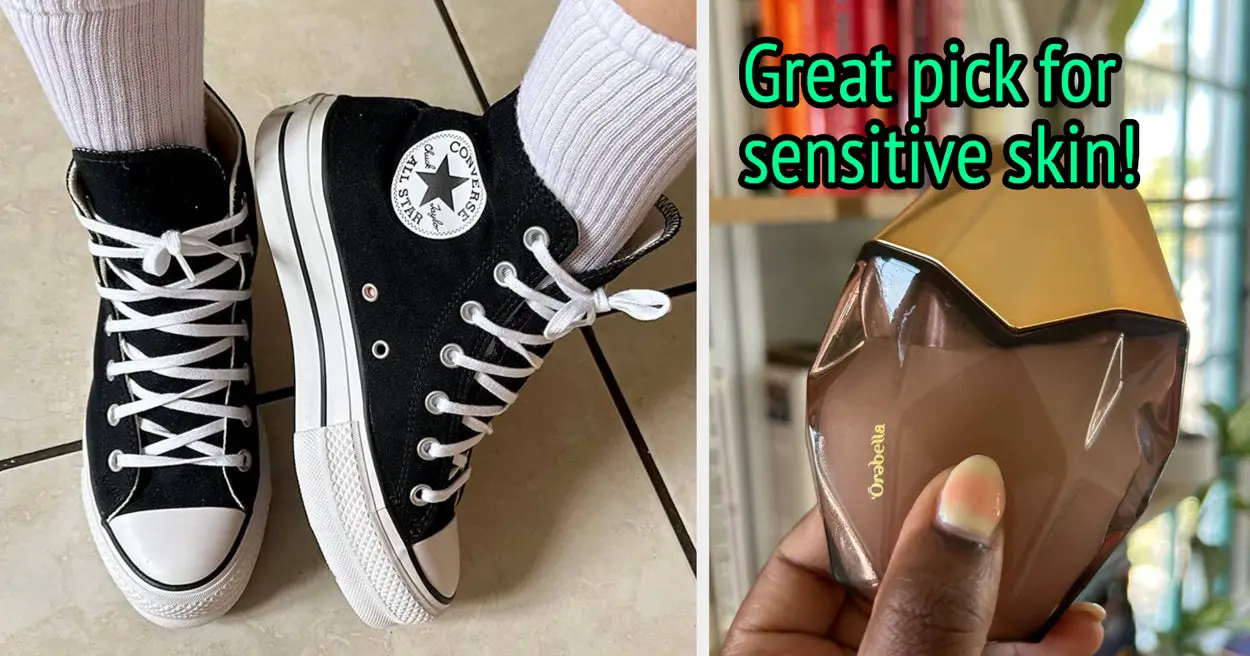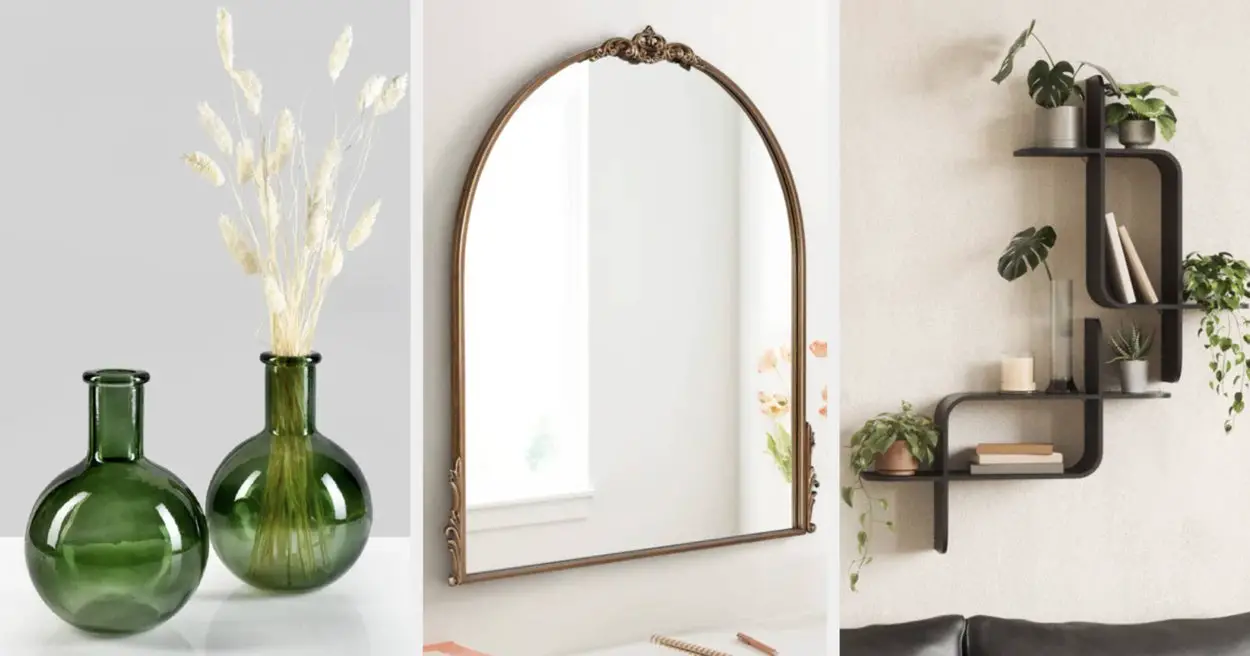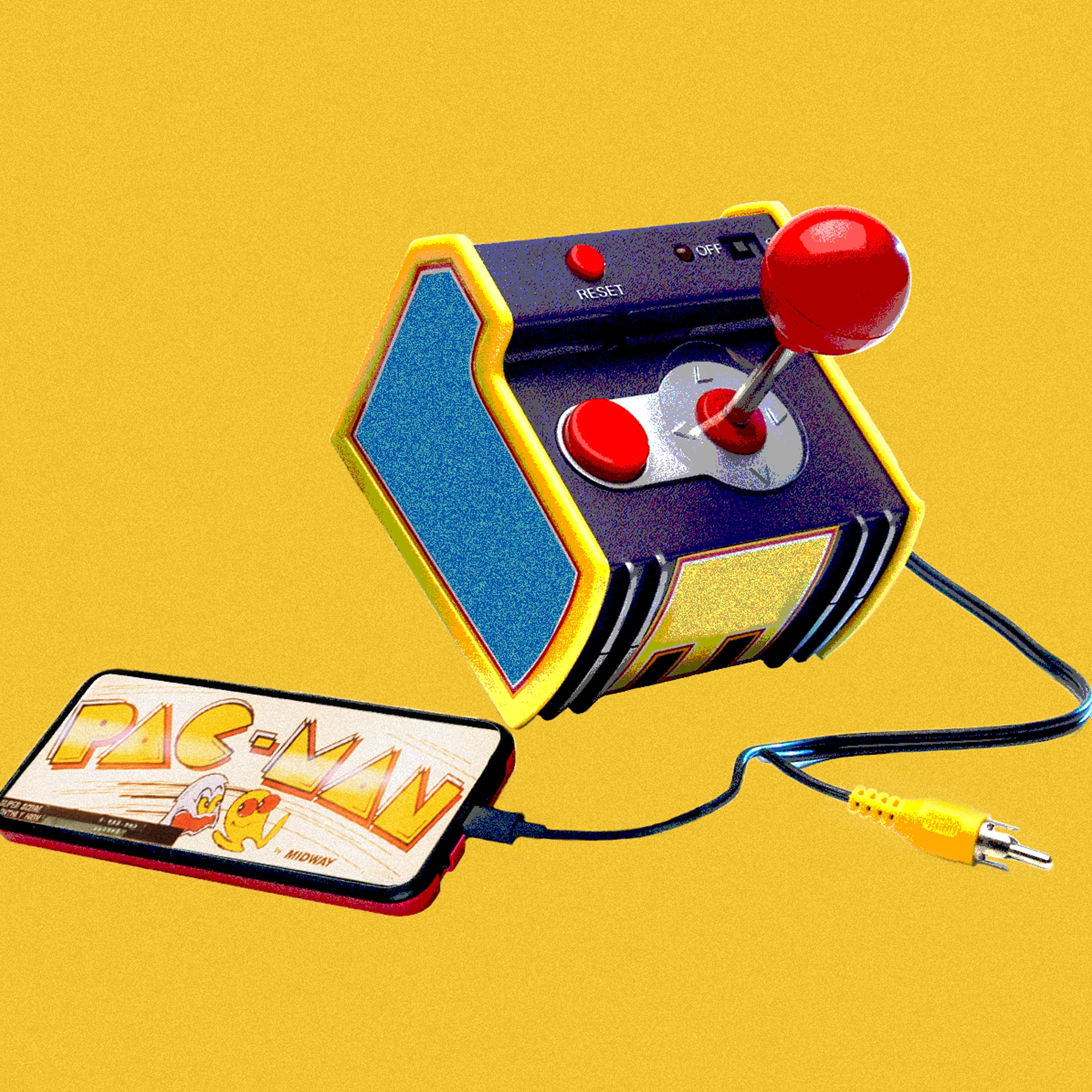Verdict
These punchy desktop speakers are like studio monitors made for your laptop. They sound great, look smart and don’t take up too much space. Pair them with a subwoofer if possible, though, as used solo their low bass is limited and mid-bass sounds a little inflated to compensate.
Pros
- Small and good-looking
- Strong mid-range detail and imaging
- Can stream from your phone over Bluetooth
Cons
- Slightly muggy bass when used without subwoofer
- Uses the basic SBC Bluetooth codec only
Key Features
- Optional subwooferPlug in a subwoofer and frequencies 100Hz and below are sent to that speaker rather than played through the Ora
- BluetoothThese speakers are ideal for cabled use on a desktop, but they can also connect to phones over Bluetooth
- Class-D amplifierKanto uses Class-D amplifiers to reduce bulk, power consumption and heat generation, makes these speakers pretty efficient
Introduction
The Kanto Ora are tiny PC speakers made in the image of studio monitors.
After seeing images of these speakers you could easily believe they are huge things, the kind seen in pro music studios. But they are a fraction of the size. Their big hit success is in miniaturising the form without impacting sound too much.
Sure, if you want mega sub-bass, you will want to attach a subwoofer. Kanto makes one, the Sub8, but you can use another brand if you like.
The Kanto Ora are great near-field speakers, and deliver high-quality mids and treble. My one issue is I think they try a little to hard to make up for their smaller drivers, and the mid-bass is a little much when flying solo — another argument for partnering them up with a sub.
Design
- Petite plastic enclosure
- Supports USB-C, aux in and Bluetooth
- Subwoofer output
In the past I’ve recommended the JBL 305P as desktop speakers. They’re a bargain, but the Kanto Ora reveal what a silly suggestion that is for most people.
These speakers are a fraction of the size, the sort that really can fit on a cheap IKEA desk crammed into someone’s small-ish bedroom.
They have the serious look of home studio speakers, though, rather than the Creative Labs PC speakers some of you may have once owned. Each speaker weighs around a kilo and is 17.5cm tall.
And just like the average studio monitor, the design is more about substance and practicality than the show-off stuff you get with more consumer seats. The contouring around the tweeter? That’s a waveguide. And the speaker housing is plastic.
It doesn’t feel particularly expensive but does seem rigid, which is the important part. There aren’t even any rubber feel on the bottom.
I strongly recommend using the Kanto Ora with a stand or angled desk mount. Kanto sells both, but I had to come up with my own solution. These speakers work best as near-field monitors, where they sit just a few feet away at most, and are correctly angled towards your head. Their sweet spot isn’t the widest, if you want to hear the best of their best assets.
Features
- Wired and wireless connections
- Supports additional subwoofer
The Kanto Ora are not truly stripped-backed speakers with no concession to how we live these days, though. Their primary connection is USB-C, ideal for use with laptops, and they have Bluetooth for streaming from your phone.
There’s also a phono pair on the back, for your more old-school sources. You switch between these inputs by pressing in the volume knob, and can see which you are currently switched by the colour of the tiny LED light up front. Blue is Bluetooth, yellow is USB and green is AUX.
It’s all pretty simple, as are the other basics. There’s only one power connector (some active speakers need a power cable per unit) as a cable runs between the main left channel unit to the secondary right channel one.
You’ll also find a standard coax socket on the back for connection to a subwoofer. Attaching a cable to this automatically strips out the bass from the Kanto Ora, showing there’s no additional smarts involved when used with Kanto’s own subwoofer.
This is a fairly power-frugal setup too. The speakers pull about 6W when playing at reasonably volume, dropping down to 0.5W in standby.
Sound Quality
- Good stereo imaging
- Strong mid-range detail and clarity
- Limited bass depth and coherence without a subwoofer
The Kanto Ora have 3-inch paper full-range drivers, 0.75-inch silk dome tweeters and a little bass port system. There’s nothing flashy here, and that main driver is small considering the claims Kanto is making, calling them “reference” monitors.
I’m going to mention one bad bit before going onto the good stuff, and finally a couple of things I think the Kanto Ora could reasonably do better.
The first issue is obvious. You can’t really recreate sub-bass with 3-inch drivers. The roll-off sounds quite severe at times, and with electronic music in particular some of those lowest notes will just be completely absent.
Kanto doesn’t obfuscate any of this, though. It says right on the spec sheet that the floor for these speakers is 70Hz — not at all low. They are made to be paired with a sub, if possible.
The highlights are basically everything except the bass. The Kanto Ora have lovely mids. They are detailed, clean-sounding and have a natural tonality.
Treble too is sweet and has a high-resolution character, without getting remotely close to a “bright” style that might put some folks off.
When you have them properly positioned in front of your head, the soundstage is well-defined and clear, with remarkably good separation for such petite boxes. This is what tells you the Kanto Ora are the real deal, not just small speakers posing as monitor-style units.
It’s not all entirely rosy, though. I think the Kanto Ora try too hard to compensate for their small drivers by pumping up the flavours of bass they can recreate. There’s a little too much mid-bass and upper bass here for my liking. The Ora do deliver surprising bass punch and a good impression of full-range bass coverage with most songs, but the bass approach does also slightly diminish, to my ears, the bits they are genuinely good at (mids and treble).
This is also why I think it’s so important to sit in the Ora’s sweet spot. The further you head out of it, the more treble and mid-range definition you miss out on, letting the lower frequencies have their wicked way with the presentation.
I didn’t have a Kanto sub to test the Ora alongside, but if you simply plug a coax cable into the sub connector the bass frequencies are automatically cut out. I wouldn’t suggest listening like this, as everything at 100Hz or below exits the stage. However, above that red line is where you hear all the Ora’s key strengths. In other words, all these issues may disappear if you use a subwoofer.
An ideal solution might be what some other monitors have, including my JBL 305P, a bass switch that lets you slice a couple of decibels off the low frequencies, for folks without a subwoofer who are as picky as I apparently am. There isn’t one, though.
Latest deals
Should you buy it?
Buy if you want small, quality PC speakers
Small enclosures and a high-end approach to sound makes these great speakers for laptop and PC users who want a pair for their home office.
Don’t buy if you mainly want wireless streaming
While the Kanto Ora work quite well as wireless streaming speakers, they have basic codec support compared to some of Kanto’s higher-end models. For mixed USB-C and Bluetooth use? Ideal.
Final Thoughts
The Kanto Ora are desktop speakers modelled after studio monitors that fit powerful and refined sound into a tiny enclosure. They are ideal for use with a laptop, even on smaller desks.
Mid-range and treble quality is great, and they have surprisingly full-sounding bass, even if their bass depth is limited without the use of a subwoofer.
I strongly recommend using them with a subwoofer, and not primarily because the sound begs for deeper bass. Kanto has arguably pumped up the mid-bass a little too much to compensate for the lack of super-deep bass, thickening up the sound a little too much.
How we test
We test every desktop speaker we review thoroughly over an extended period of time. We use industry standard tests to compare features properly. We’ll always tell you what we find. We never, ever, accept money to review a product.
Find out more about how we test in our ethics policy.
Tested with real world use
Tested over several weeks
You might like…
FAQs
Are the Kanto Ora speakers wireless?
They can connect using USB-C, an aux input or Bluetooth wireless.
Do the Kanto Ora support aptX?
They only support SBC, not aptX.
How big are the Kanto Ora?
They are 17.5cm tall, small enough to be considered regular PC speakers in style.
Full specs
UK RRP
Size (Dimensions)
Weight
ASIN
Release Date
First Reviewed Date
Driver (s)
Ports
Audio (Power output)
Connectivity
Colours
Frequency Range
Speaker Type
Kanto Ora
£299.99
100 x 141 x 175 MM
1 KG
B0CLHKBKL8
2023
26/03/2024
3in paper woofer, 0.75in tweeter
aux, subwoofer
50 W
Bluetooth, USB-C
black
70 22000 – Hz
Active Speaker











